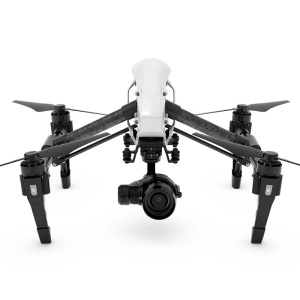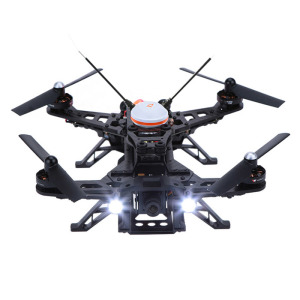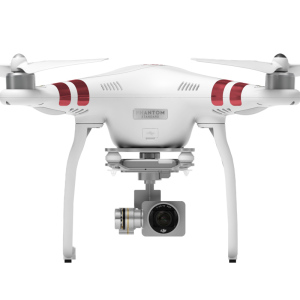
Check Out MIT’s Obstacle Avoidance Drone From CSAIL
In order for drones to be wide scale usable they need to be able to find their own way through tight areas and not just blue skies. MIT CSAIL has developed a drone that accomplishes this. It uses a library of scenarios to successfully navigate obstacle courses and has been pulling it off flawlessly so far.
The purpose of the obstacle course is to mimic terrain you would see in Search and Rescue scenarios: thick woods, collapsed walls, narrow passages. There are other curve balls like wind and weather that could knock a drone on the wrong path that must also be accounted for.
The CSAIL drone is able to traverse new and unknown terrain by relying on a library of pre-programmed scenarios to map the scenario’s to appropriate counter moves. It is inevitable that the drone may still collide with objects. When this happens the goal is to regain control as efficiently and quickly as possible.
To help those scenarios respond appropriately they programmed an understanding of six directional changes: up and down, left and right, and forward and backward, along with the rotational changes, front to back, side-to-side, and horizontal rolling. It also understands its relative position along a series of 12 axis’s.
To understand its surroundings optical sensors process visual queues while movement sensors record its inertia. This adds up to a smarter obstacle avoiding drone. This type of technology will lead to exactly the kind of drone you need to find an accident victim in terrible terrain.
Check out featured products from our shop
-

Inspire 1 Pro Ready to fly with 1 Remote and Lens
USD $4,499.00 -

Walkera RUNNER250 RTF3 FPV – Ready to fly Quadcopter with added On Screen Display (OSD) module, DEVO 7, Charger, Battery, Camera, Video transmission module, and Goggles2
USD $729.00 -

Phantom 3 Standard Ready to Fly Quadcopter with integrated 2k camera
USD $799.99USD $699.99 -

Trackimo GPS Tracker – 1 Year GSM Service
USD $139.99

No comments yet.